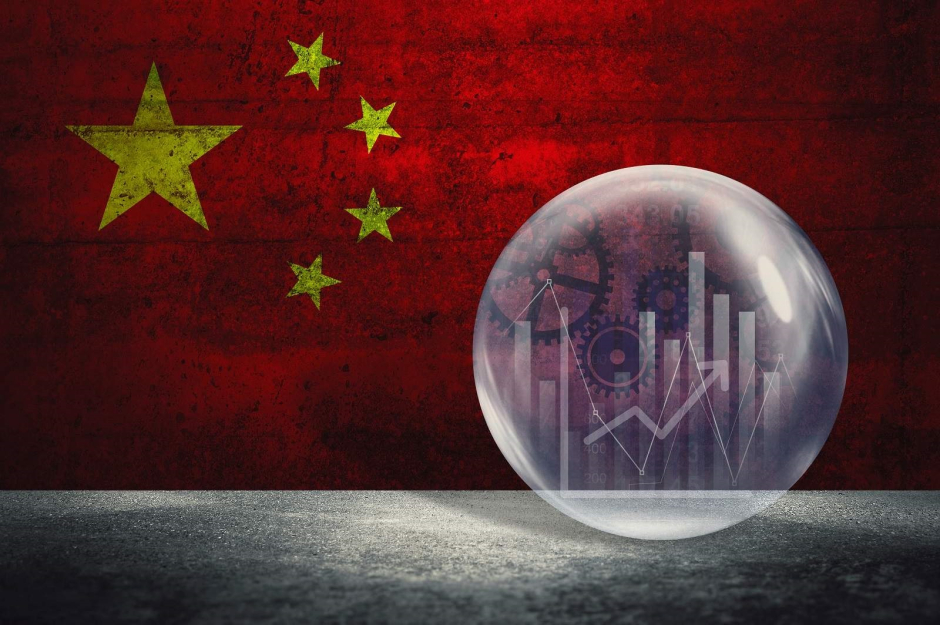Chinese authorities recently unveiled a series of measures to boost sales in the automobile and electronics sectors, with the aim of revitalizing the country’s sluggish economy. Despite these efforts, investors remain unconvinced and have been calling for stronger stimulus measures.
One of the key initiatives focuses on encouraging regional governments to increase annual car purchase quotas. Additionally, there will be a concerted effort to support the sales of second-hand vehicles. This move was announced in a joint statement issued by 13 government agencies, including the National Development and Reform Commission.
Recognizing the significance of the automobile industry in driving economic growth during the post-pandemic recovery, policymakers have targeted it as a crucial lever. As part of their strategy, they extended a purchase tax break on new energy vehicles (NEVs) until 2027, an unexpected move that aimed to stimulate the adoption of cleaner vehicles.
However, despite these efforts, domestic consumer demand has remained weak, and the automobile market has been grappling with a price war that began with Tesla in January. Over 40 other automakers have joined in, offering discounts on their vehicles, leading to concerns about the industry’s long-term health and stability. In response, an industry association called for measures to cool down the “price-cut hype” and ensure sustainable development.
The Friday statement aimed at encouraging automobile consumption emphasized the need for localities to avoid protectionist policies and harmful competition that could undermine the market.
Similarly, the government has also been addressing the electronics sector, announcing measures to support sales of electronic products. Authorities plan to encourage the use of domestic artificial intelligence (AI) technology in the industry to enhance the intelligence levels of electronic products.
Despite these efforts, investor response has been lukewarm, with China’s automobile index down 0.3% and the electronics index falling 0.6%, contrasting a 0.1% rise in the benchmark index. The markets appear cautious and are seeking more robust stimulus measures to bolster the economy effectively.
Looking ahead, policymakers will need to address the challenges posed by weak consumer demand and intense market competition to achieve sustained and stable growth in these critical sectors. Balancing short-term incentives with long-term sustainability will be crucial in navigating the complexities of the economic landscape.
In an attempt to alleviate the pressure on the sluggish economy, Chinese authorities are leaving no stone unturned and are exploring additional avenues to bolster growth in the automobile and electronics sectors. As part of their strategy, they also emphasize the importance of green and sustainable practices within these industries. The push for new energy vehicles (NEVs) and the extension of the purchase tax break until 2027 reflects the government’s commitment to fostering a greener future for the country’s transportation landscape. This move not only supports economic growth but also aligns with the nation’s environmental goals, aiming to reduce carbon emissions and combat climate change.
Furthermore, the government’s emphasis on promoting the sales of second-hand vehicles is expected to have multiple benefits. Apart from providing more affordable options for consumers, it could also help in reducing the strain on resources and minimizing the environmental impact of manufacturing new vehicles. By encouraging a robust market for used cars, the authorities contribute to the circular economy, foster a sustainable consumption pattern, and reduce overall waste.
In the electronics sector, the focus on incorporating domestic artificial intelligence (AI) technology into products could mark a significant leap forward in the country’s technology capabilities. This move has the potential to enhance the competitiveness of Chinese electronics companies, both in the domestic market and on the global stage. The integration of AI into electronic products could lead to more innovative and advanced offerings, attracting tech-savvy consumers and boosting sales.
However, some experts argue that while these measures may provide temporary relief to struggling industries, more comprehensive reforms and long-term strategies are needed to ensure sustained growth. Policymakers may need to address structural issues within the automobile and electronics sectors, such as overcapacity and production inefficiencies, to create a more stable foundation for future growth.
Moreover, to restore investor confidence and attract more substantial investments, the government might need to consider other stimulus measures, such as tax incentives for businesses, research and development grants, and streamlined regulations to foster a favorable business environment. By providing the necessary support to both large corporations and small and medium-sized enterprises (SMEs), the authorities can promote innovation and entrepreneurship, encouraging the creation of new job opportunities and driving economic growth from the grassroots level.
Read More:












